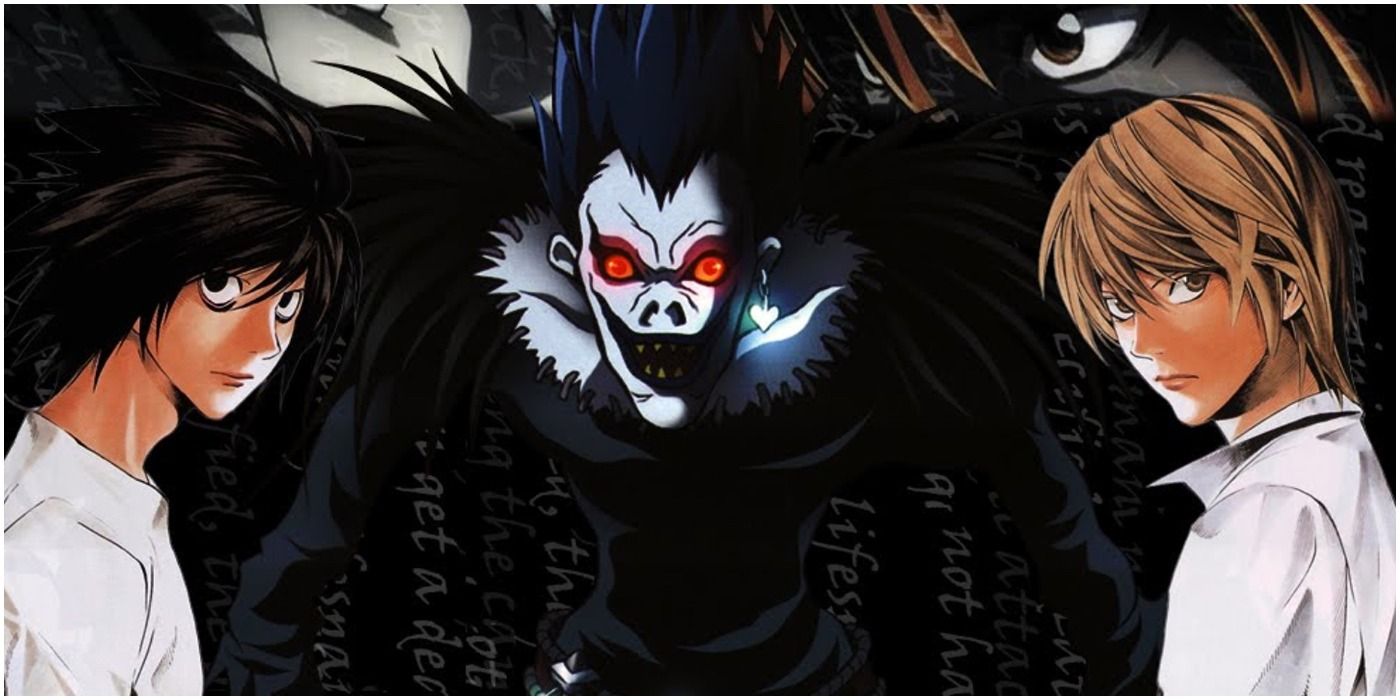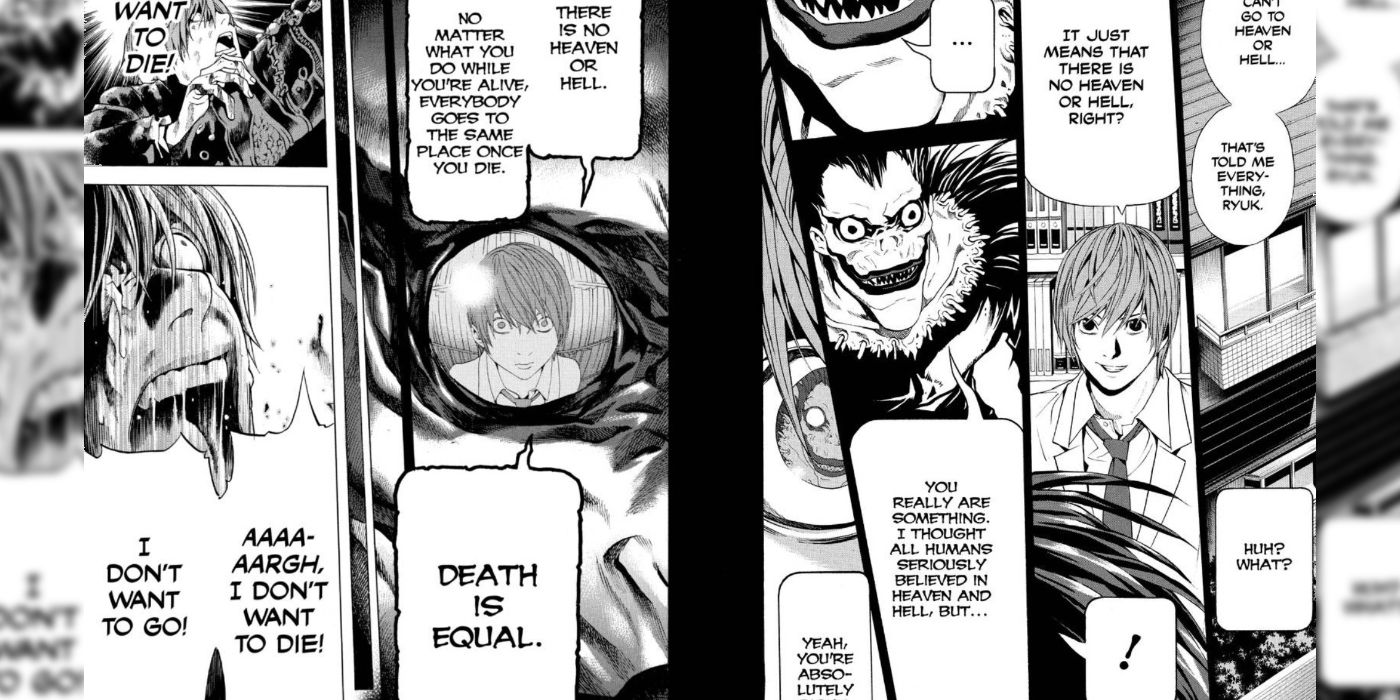In supernatural lore, there's often a special significance associated with particular numbers, and Death Note makes extensive use of these numerological meanings right down to the number of its chapters.
The Death Note manga has precisely 108 chapters, which probably seems to most Western fans to be an arbitrary stopping point. However, Death Note's writer Tsugumi Ohba had always aimed to end the series at 108 chapters, and attempted to structure the story in such a way that this made sense. Some chapters of the manga tend to be a bit wordy as a result, and a few chapters were cut out of Death Note's anime adaptation entirely. Hitting this mark was very important to Ohba, however, because of the special meaning associated with 108 in Japanese culture.
The number 108 is an important one in Buddhist beliefs, which are prevalent in Japan. 108 is said to be the number of temptations that a human soul must face throughout the reincarnation cycle before reaching Nirvana and exiting the cycle. This does tie the number 108 to the concept of death, but unlike some other numbers with that association, 108 doesn't immediately have negative connotations. Reaching Nirvana is obviously seen as a positive thing, so the number does crop up in things like the number of steps leading to a Buddhist temple, or the number of beads on a prayer necklace carried by monks. It would be as recognizable in Japan as, say, the number 666 would be to Americans.
One of the first things Light is told by Ryuk upon picking up the Death Note is that those mortals who use the note will never experience an afterlife, either good (heaven) or bad (hell). Light finds this acceptable, but by the end of the series Ryuk reveals that, Death Note or no, this is the fate of all human souls: to disappear into nothingness, and that under no circumstances may a human be brought back to life. After 108 chapters, each with its own trials and tribulations, Light dies and proceeds to that nothing, mirroring the freedom from the cycle a pure soul receives after conquering the 108 temptations in Buddhism.
Other numbers with significant relationships to death and misfortune are also used heavily in Death Note. The number 4, for example, can be read in a way that sounds like "death" in Japanese, and is often avoided as it's thought it could bring bad luck, similar to the number 13 in Western cultures. Many of the rules in the Death Note make use of these numbers, such as the 40-second limit to add a cause of death, the 6 minute, 40 second alteration rule (or 400 seconds), or the rule about 4 misspellings rendering the Death Note inert. When Light makes up a fake rule to add to the book, he uses 13 as well.
The number 108's mystical significance shows up in a lot of Japanese media, but few works have played with numerology as much as Death Note has. The use of these significant numbers for rules adds to the supernatural feel of the work and the legitimacy of a Death Note as something that transcends the human world.


